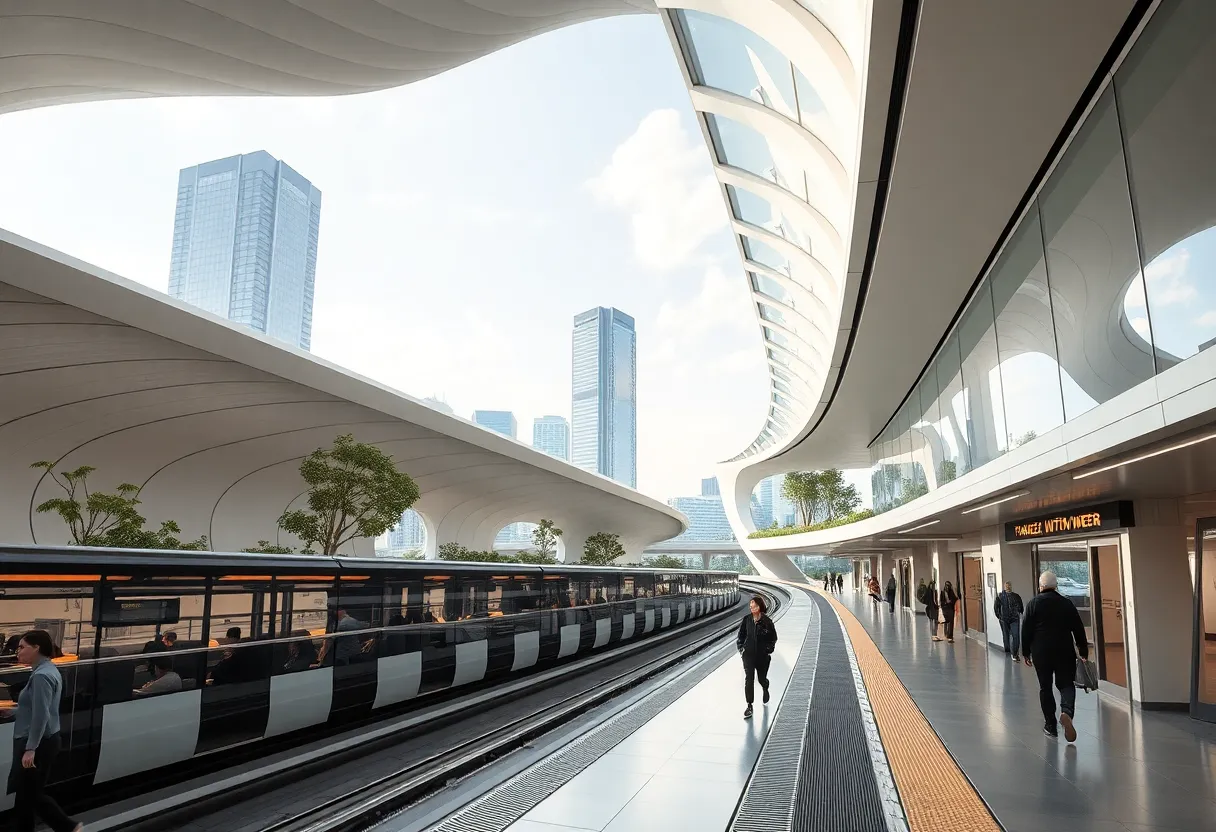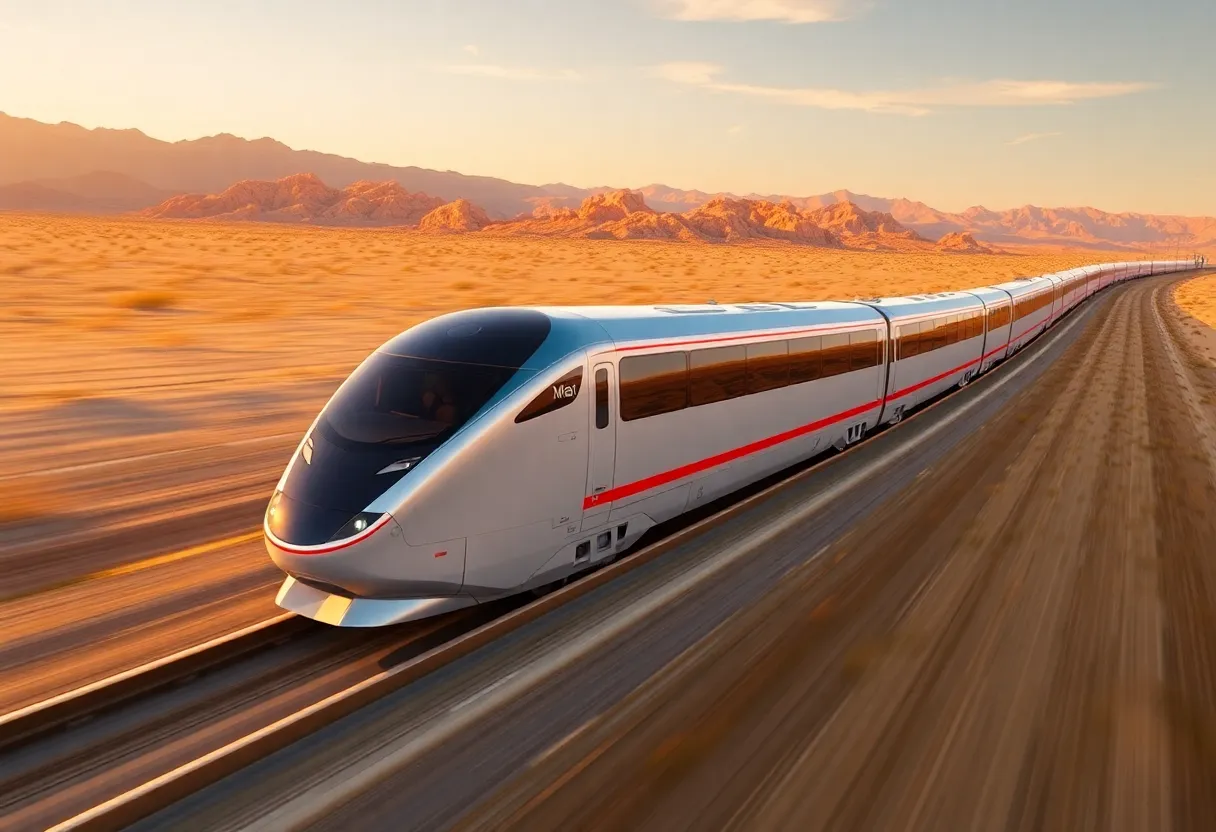News Summary
The Grand Paris Express is set to revolutionize urban transit with a $41 billion investment aimed at expanding the Paris Metro. Adding four new lines and 68 new stations, the project promises reduced travel times and enhanced connectivity. Utilizing advanced technology like GIS and BIM, this ambitious undertaking addresses construction challenges and aims for sustainability, significantly improving urban mobility before the upcoming Olympics.
Grand Paris Express Project Transforms Urban Transit and Construction Methods
The Grand Paris Express is set to become Europe’s largest infrastructure project, boasting a staggering budget of $41 billion and an extensive transformation of the Paris Metro system. This ambitious initiative is introducing four new lines that will span a total of 124 miles (200 km) of new tunnels and establish 68 new stations. With significant urban planning on the horizon, this project aims to enhance connectivity across the Paris metropolitan area without routing through the congested central city.
Workforce and Project Management
At the height of construction, around 10,000 workers are being simultaneously employed to keep pace with the enormous scale of the project. Traditionally, megaprojects have faced challenges, including a failure rate of 91.5%, due to delays and budget overruns. However, the Grand Paris Express is leveraging innovative solutions to mitigate these risks and ensure timely completion.
GIS and BIM: A Technological Breakthrough
A breakthrough in construction technology is propelling this project toward success: the integration of Geographic Information Systems (GIS) and Building Information Modeling (BIM). GIS maps the physical world and helps visualize existing structures, while BIM focuses on the intricate details of construction. This powerful combination offers complete visibility for design and construction teams, allowing for informed planning and coordination.
The fusion of GIS and BIM enables engineers and planners to identify existing utilities as they chart the rail lines, significantly reducing the likelihood of conflicts in the construction sequence. Enhanced collaboration among all stakeholders—designers, city officials, and community members—results in streamlined processes, effectively addressing issues that may lead to increased project costs. In the construction industry, rework driven by misunderstandings and poor communication amounts to around 12% of total project expenses. This new approach is expected to enhance data continuity and strengthen decision-making across all project facets.
Innovative Designs for New Stations
The Grand Paris Express incorporates innovative designs, particularly evident in the Villejuif-Gustave Roussy Station. This station will feature a unique cylindrical central shaft designed to maximize natural light and improve connectivity for passengers. It is set to accommodate a daily transit flow of 100,000 passengers, linking the Institut Gustave Roussy hospital with nearby residential neighborhoods.
In line with modern sustainability principles, the station incorporates environmentally friendly materials and energy-efficient designs to reduce its overall environmental impact. Furthermore, installations of public art are part of the project ethos, aiming to foster cultural dialogue and celebrate the diverse communities throughout the region.
Improving Urban Mobility and Efficiency
The Grand Paris Express is poised to revolutionize public transportation within the city, significantly reducing travel times by as much as half an hour. With a fleet of fully automated and driverless trains operating at an average speed of 60 km/h, the project promises enhanced efficiency and convenience for commuters. Notably, 75% of this new network will be underground, necessitating the use of advanced tunnel boring machines that dig up to depths of 30-40 meters beneath street level.
Project Status and Future Goals
As of now, the Grand Paris Express project has surpassed 30% completion, with the first segment anticipated to open right before the 2024 Olympics in Paris. The initiative not only focuses on improving transportation accessibility but also prioritizes significant reductions in carbon emissions while enhancing overall urban mobility in and around Paris.
The Grand Paris Express stands to reshape not only the physical transit routes but also the way construction is approached, serving as a model for future infrastructure projects across the globe.
Deeper Dive: News & Info About This Topic
Additional Resources
- Metropolis Magazine: Grand Paris Express Dazzling Keystone
- Webuild Value: Grand Paris Express Artworks
- Vinci: Greater Paris – Inventing the City of the Future
- Designboom: Villejuif-Gustave Roussy Metro Station
- The B1M: Grand Paris Express Video
- Wikipedia: Grand Paris Express
- Google Search: Grand Paris Express
- Encyclopedia Britannica: Grand Paris Express
Author: Construction CA News
The CALIFORNIA STAFF WRITER represents the experienced team at constructioncanews.com, your go-to source for actionable local news and information in California and beyond. Specializing in "news you can use," we cover essential topics like product reviews for personal and business needs, local business directories, politics, real estate trends, neighborhood insights, and state news affecting the area—with deep expertise drawn from years of dedicated reporting and strong community input, including local press releases and business updates. We deliver top reporting on high-value events such as the Rose Parade, Coachella, Comic-Con, and the California State Fair. Our coverage extends to key organizations like the California Building Industry Association and Associated General Contractors of California, plus leading businesses in technology and entertainment that power the local economy such as Apple and Alphabet. As part of the broader network, including constructionnynews.com, constructiontxnews.com, and constructionflnews.com, we provide comprehensive, credible insights into the dynamic landscape across multiple states.




